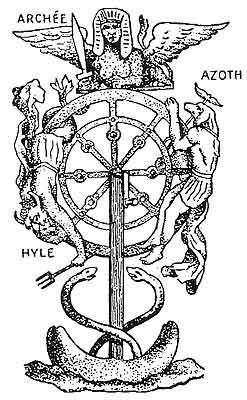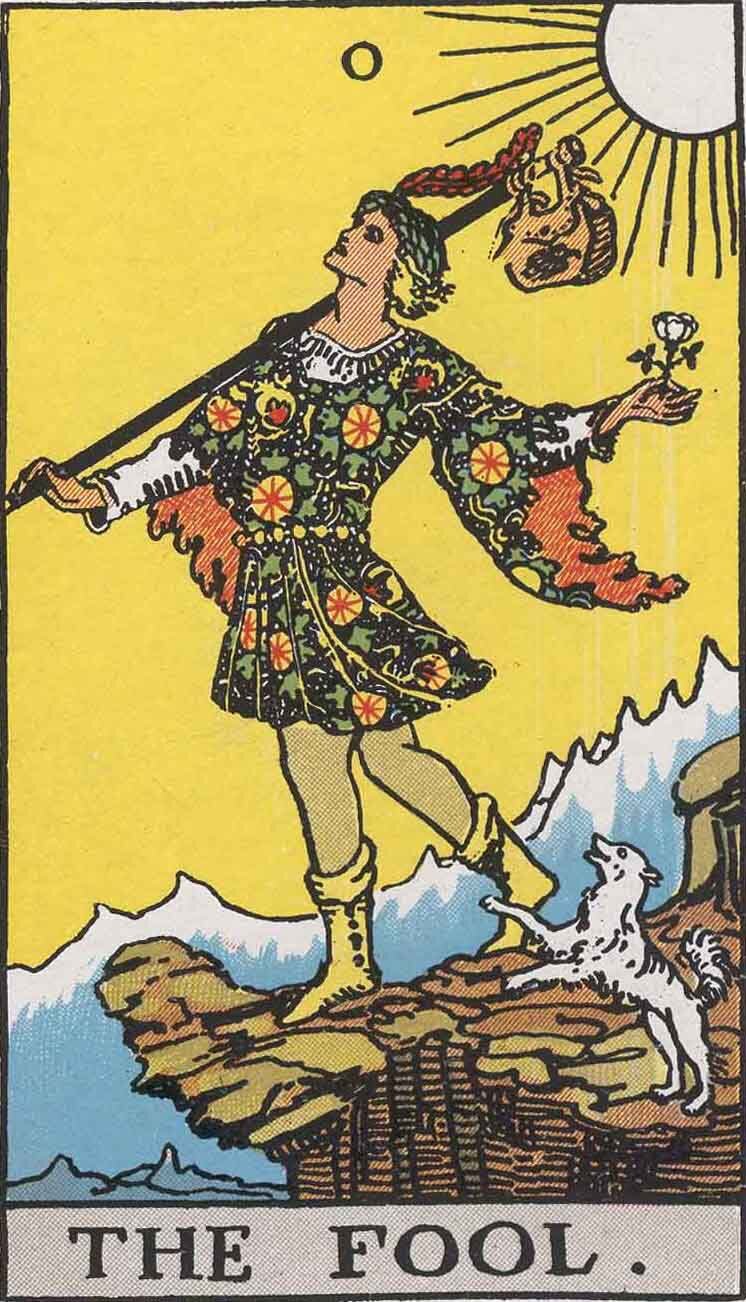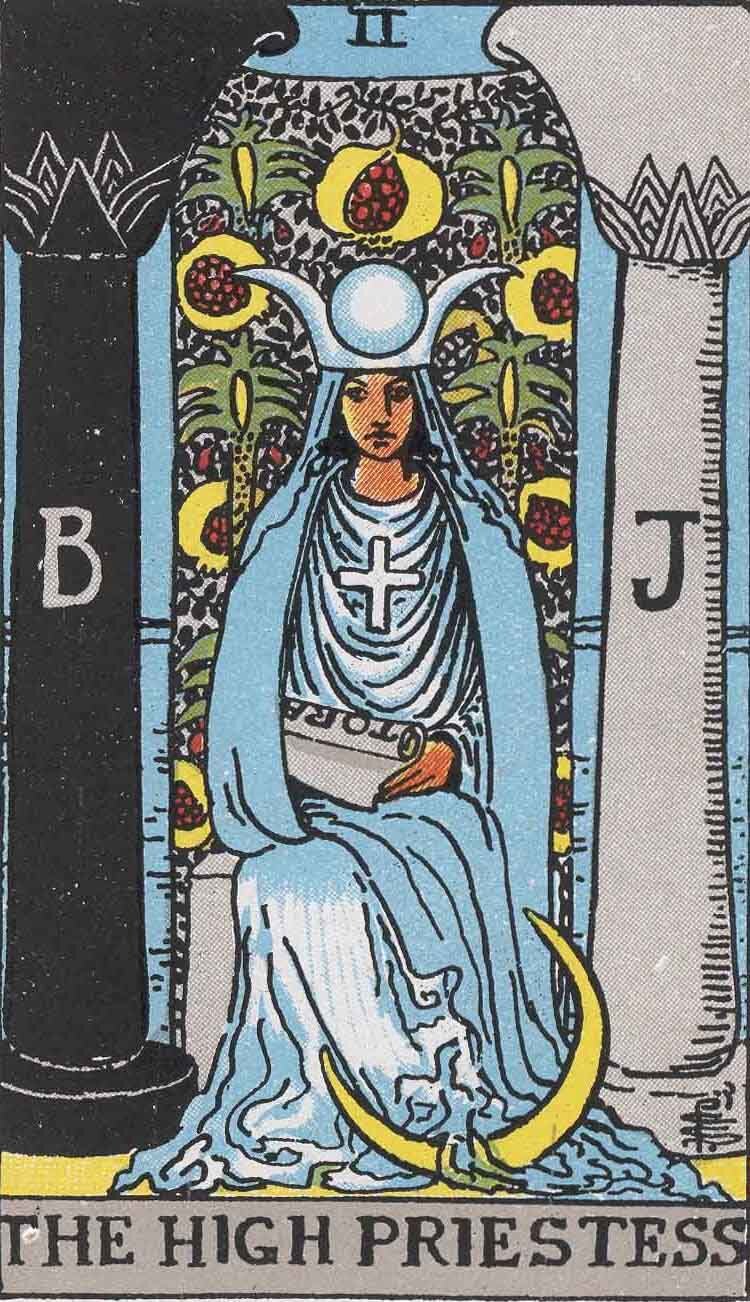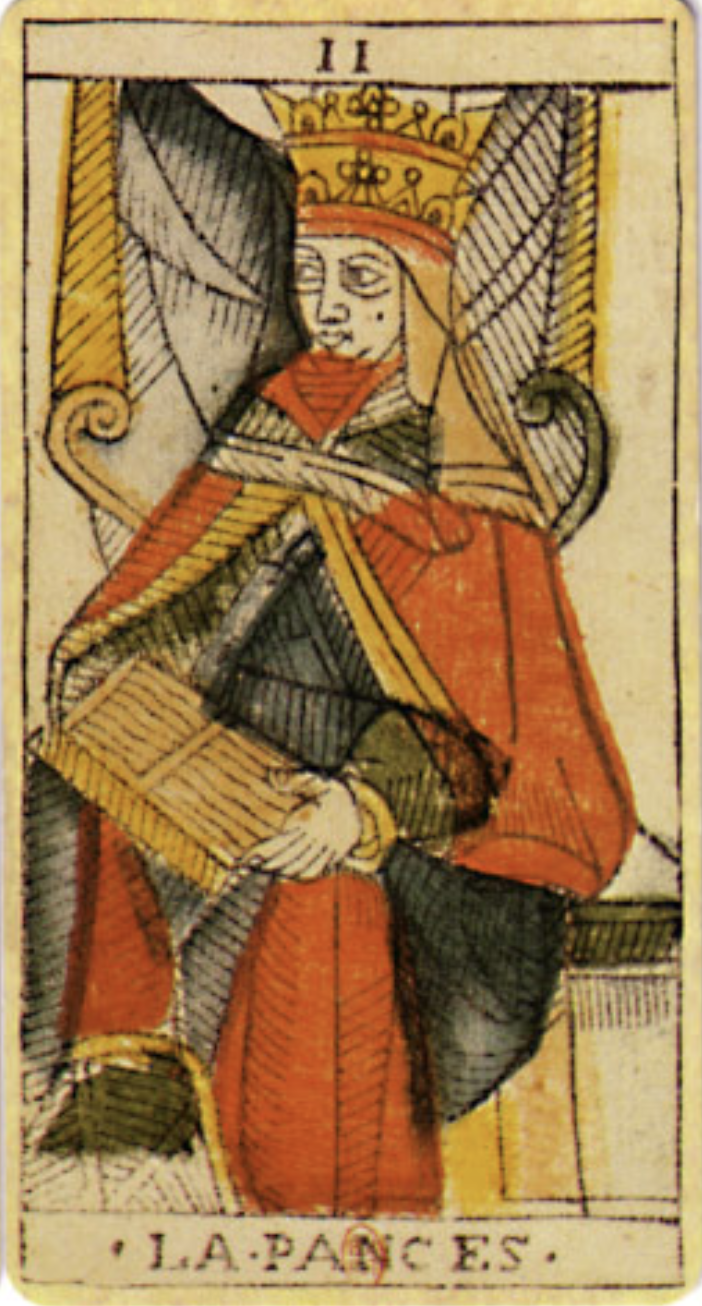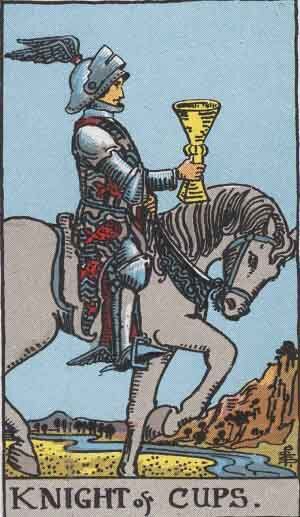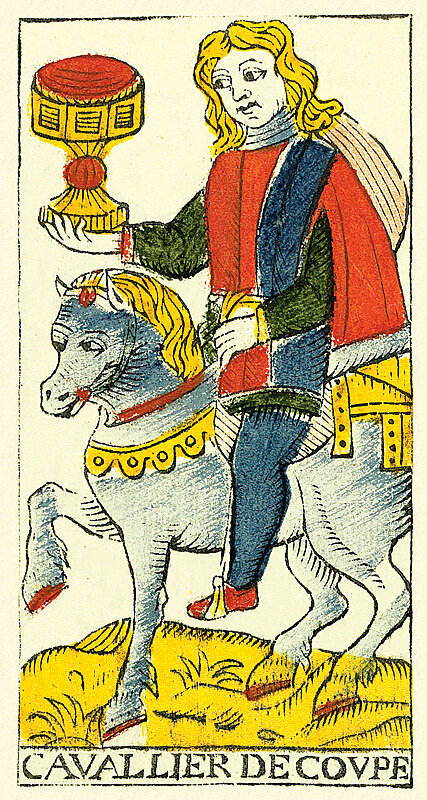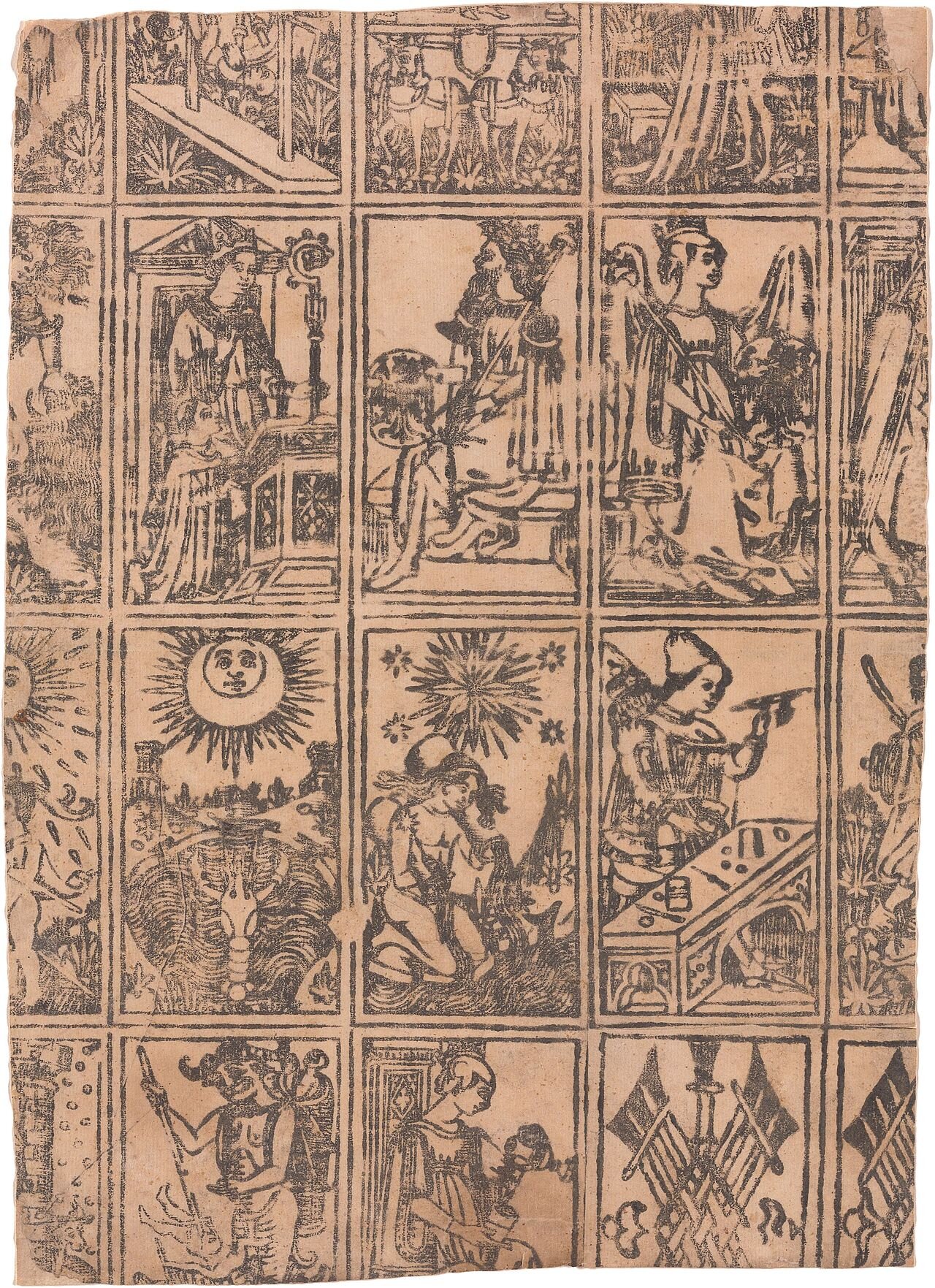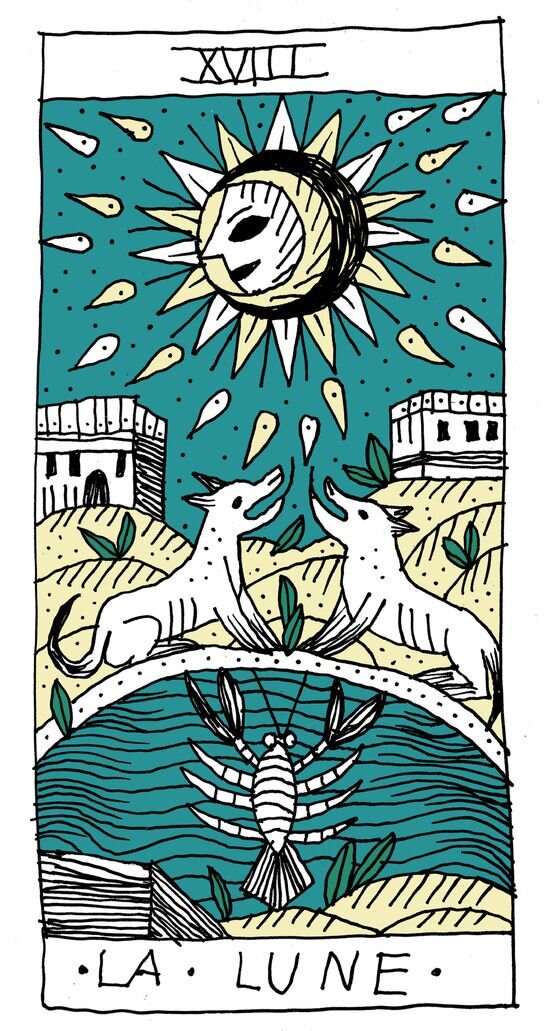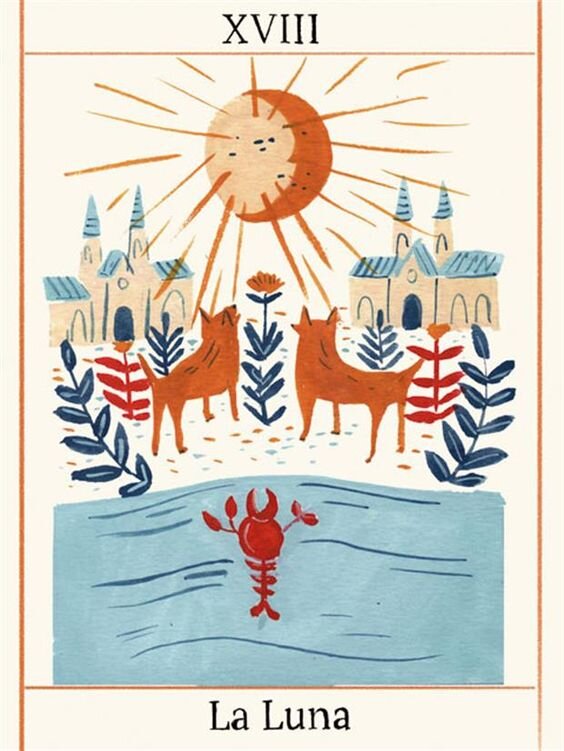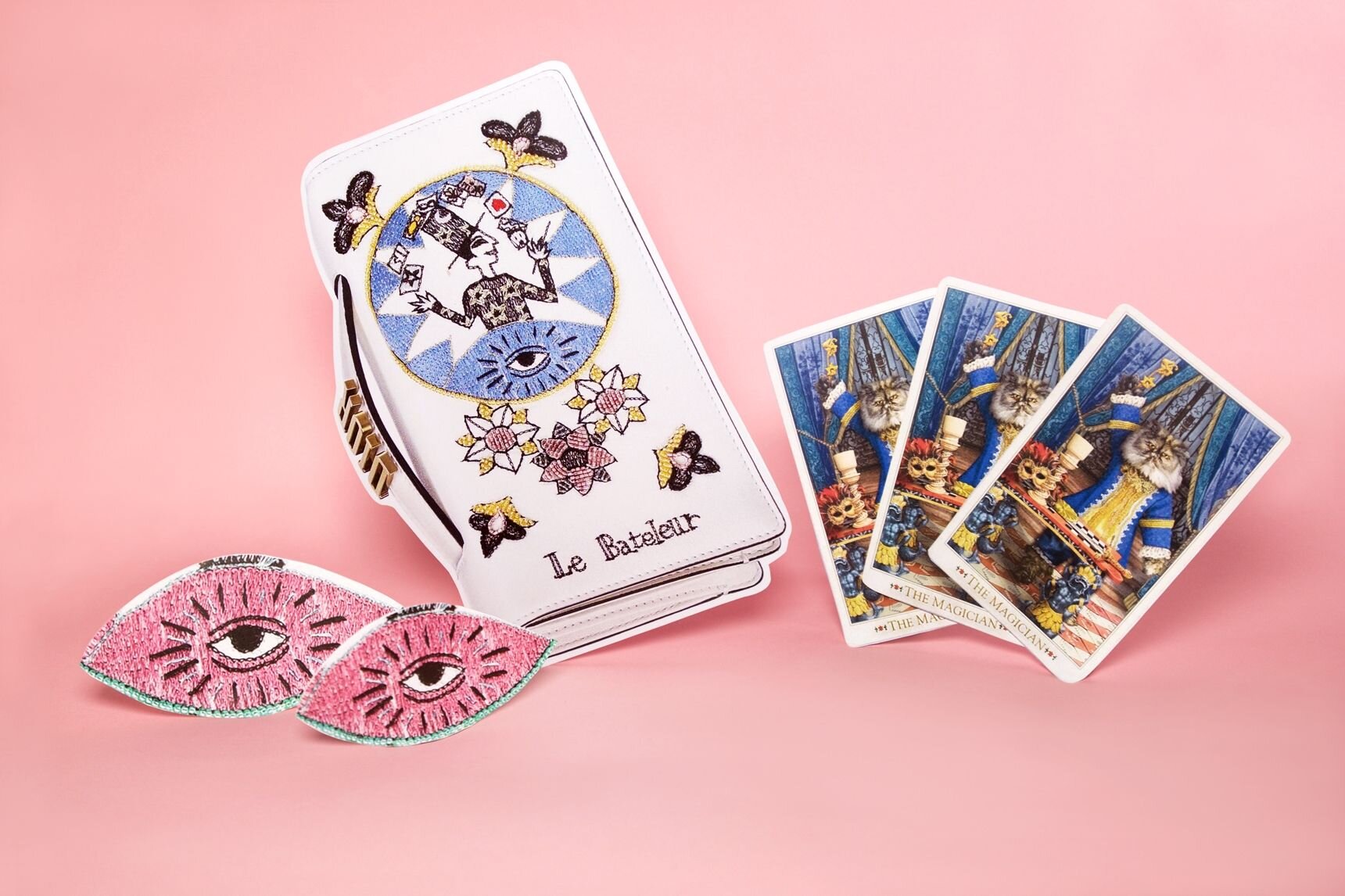To: You
Cc: MODA
Subject: Collaging
Dear readers,
Today, we are going to explore collaging, the art style that has consumed me for the past few months. I could talk about the pieces that inspire me and spark interest for days, but for now, I’ll just give you an elaborate gist (is that an oxymoron?) in hopes that you can at least gather some useful information. This can be anything from inspiration for creating, as collaging encourages me to do, or just the ability to become more observant when viewing art.
I never paid any attention to collaging myself until the beginning of last quarter when a good friend of mine made me two collages for my birthday. This led me down a whimsical rabbit hole that irked me learn more, and lucky enough when I saw that a collage class was offered last quarter I enrolled, no questions asked. So, this article right here is a giant soup, combining what I learned in class with my own research.
You may be wondering what exactly collaging is considered and how we can define it. Well, collaging includes but is not limited to: cutting and pasting, editing, quoting, sampling, mixing, and pretty much any sort of combining, which doesn’t need to be physical— my answer: what isn’t collaging?
Collaging began as a subcategory of cubism, mainly influenced by Pablo Picasso (note: this has been my fun fact this week!) Through art, he combined and disassembled day-to-day, recognizable figures into ways that would play with how our eyes make out images. In so many pieces, we see his obsession with the figure of a guitar and how he carefully selects slivers of its parts to paint, all interacting with each other in unique and confusing ways. For instance, Pablo Picasso’s Guitar Player, as seen below, re-figures a guitar in a way that would be considered ambitious since you can barely even tell there is a guitar there. A sneaking suspicion that an instrument is visible builds up with clues like the color of the painting, the title, and some curves here and there, which gives us a sense of the guitar’s presence.
In the early 1900s, strange arrangements of figures in paintings become popular. They are similar to collating but exist in a single medium, completely flat. It’s as if a smashed guitar was recreated in strokes of oil paint. It’s a method that shifted surrealism into a multi-media genre, and although it’s only slightly dipping its toes into the sea that is collaging, these skills being developed by venturing artists were essential for this category of art.
Picasso was already extremely comfortable with the art of masquerading, of transforming. It was around 1912 that he began adding texture to these pieces, slowly but surely incorporating items like wooden pieces that added texture to painted guitars, music sheets peeking through the background of otherwise flat paintings, and the usage of wallpaper instead of solely relying on painted base layers. Soon he would inspire other artists to enrich the surface of the canvas using three-dimensional elements.


It was the group of artists known as the Futurists, who were most active between 1909 and 1918, that stepped into the next level of uniting materials. They began collaging entire pages rather than considering pasted elements minor parts of their creations.
My favorite example is Carlo Carrá’s Interventionist demonstration, which is composed of phrases and radical ideas relating to civilians’ perspective of World War I. He used cutouts from newspapers and magazines, enclosing them all in a looping spiral: a mind churning and slightly haunting arrangement.
This led right into the Dadaist movement during the early 1930s, which was made up of artists who specifically wanted to target media’s effect on society. They thought that the images presented to the public were toxic to our behavior of constantly participating in capitalist movements. Creators like Hannah Höch, Hugo Ball, John Heartfield, and Tristan Tzara wanted to go against some generally accepted ideas that were more effective than the bourgeois, political nonsense, and were able to alter an image’s original destination to relay strong messages. One of the most known pieces of these anti-art movements is John Heartfield’s 1932 Adolf the superman: Swallows gold and spouts junk. This piece makes fun of Adolf Hitler, showing an x-ray image of a stomach full of gold and a swastika replacing his heart.


Then came the Surrealist movement, where the obsession with the subconscious and Freudian studies led artists to wander into the crazy world of dreams. Some of these artists include Salvador Dalí, Max Ernst, and Joan Miró. Pretty much all surrealists experimented with collaging—metamorphosing body parts and objects into strange creatures, including sexual fantasies. With every year, more combining of leaflets, posters, advertisements, and media gave way to a nonsensical world of art that caused viewers to be drawn to the madness embedded within collaging.
Pop Art is the movement that emerged in the mid to late 1950s, where its artists celebrated mass culture rather than revolting against it. These artists built a bridge between what was considered exclusive, professional art, and kitsch art, a push for a more inclusive system for anyone to participate in. Here, we see a jump from using somewhat identifiable images in portions of the creator’s work to famous icons and brands taking over entire pieces. In James Rosenquist’s work, the 35th president of the United States is depicted in an oil painting. Cinema, advertisement, newspaper, television, and comics were frequently reintegrated into creative projects.
Since media itself was utilized to be fed back into its creation, Pop Art was huge for emerging artists who demonstrated their ability to reinvent common images in refreshing ways, ways that popped. Jean-Michel Basquiat and Andy Warhol were extremely talented creators who played with collaging’s mediums and helped drive the next wave of artists to create more playful masterpieces. They even collaborated before Basquiat’s death, managing to push numerous boundaries in a short period of time and making people question what art is “supposed to look like” and who can make it—questions we continue to ask today.
Today it’s hard to distinguish between collaging that is purely for aesthetic value and art that communicates a message, especially since we have access to an infinite number of mediums and materials to combine together. Collage’s development continues to define political movements, as it is an ever-expanding genre that uses current events to relay an artistic vision. For viewers, this is a unique experience that can’t be found among other one-dimensional creations. This is precisely what fascinates me about collaging, and I hope it inspires you to continue to delve deep into the art you are passionate about.
Best,
Nicole
Thumbnail image via









